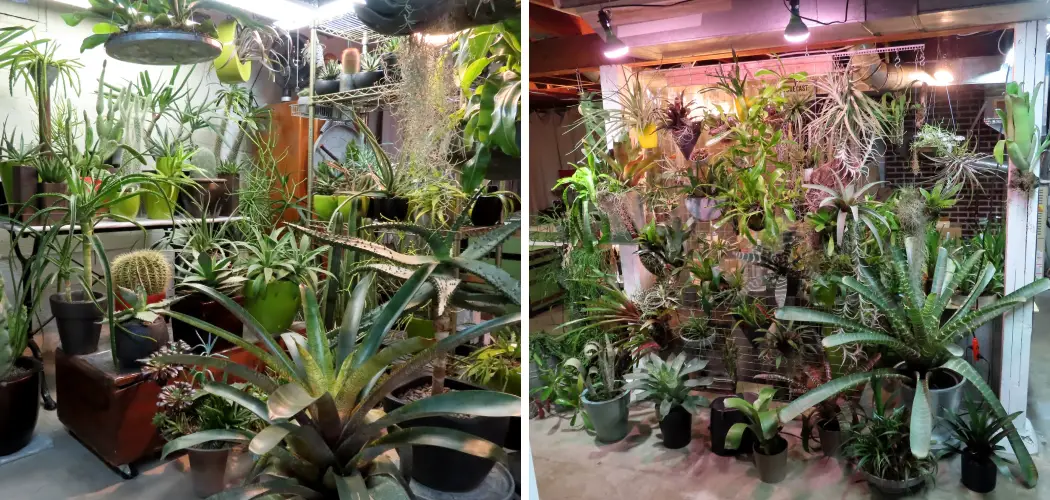Creating an indoor garden in the basement can be a great way to enjoy your favorite plants, herbs, and vegetables all year round. An indoor garden is also a great idea for people who live in climates where outdoor gardening isn’t possible due to the weather.
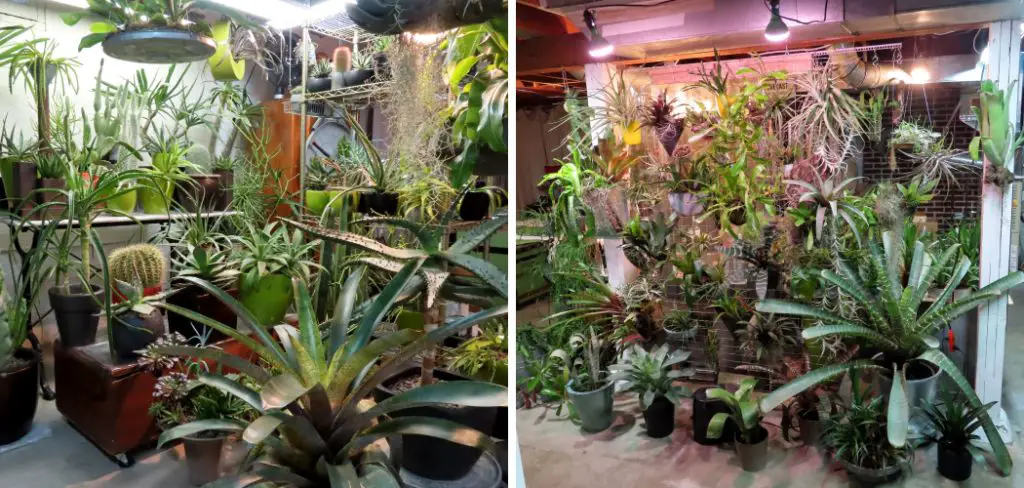
There are only a few things that you need to know about creating and maintaining an indoor garden in the basement: With some careful planning and preparation, you can create a vibrant and beautiful indoor garden even in the gloomiest of basements. Here’s some steps on how to create an indoor garden in the basement.
Required Items
The first step is to gather the necessary items for your indoor garden. These include:
- Grow lights
- Soil
- Plant pots
- Seeds or seedlings
- A water reservoir
Additionally, you may need to invest in a humidifier if the basement is too dry. This will help your plants stay healthy and will also help with air circulation.
10 Steps on How to Create an Indoor Garden in the Basement
Step 1: Prepare Your Basement for Indoor Gardening
Before you start setting up your indoor garden, make sure that the basement is properly prepared. You have to get rid of any mold or mildew in the area and make sure that it has adequate ventilation and no dampness.
Step 2: Set Up Your Grow Lights
Once your basement is ready for gardening, purchase the necessary grow lights for your plants. You can use incandescent or fluorescent lights, but LED lights are the most energy-efficient and cost-effective option for indoor gardening.
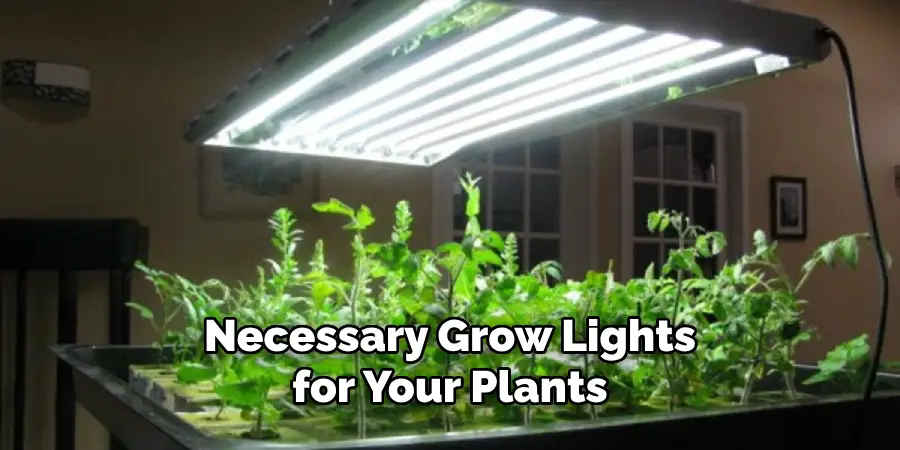
Step 3: Find a Good Location in Your Basement
Find a spot in your basement that is far from windows and has adequate access to power outlets for plugging in the grow lights. Make sure to pick a spot away from any drafts or cold air.
Step 4: Set Up the Soil and Pots
Once you have chosen a spot in your basement for the indoor garden, start setting up the soil and pots. You can purchase soil specifically for indoor gardening or create your own by mixing equal parts of compost, peat moss, and potting soil.
Step 5: Plant Your Seeds or Seedlings
You can either purchase seeds from your local garden center or buy seedlings if you want to skip the germination process. Ensure the plants are compatible with your grow lights and adjust the lighting accordingly for best results.
Step 6: Water and Fertilize Your Plants
Once the plants are planted, make sure to water them regularly and fertilize them as needed. You can use liquid or granular fertilizer for best results, but be careful not to over-fertilize your plants!
Step 7: Monitor Temperature and Humidity Levels
Keeping track of the temperature and humidity levels in your indoor garden is essential for the health and growth of your plants. Invest in a thermometer and hygrometer to measure these conditions, and adjust the lighting or use a humidifier as needed.
Step 8: Prune Your Plants
To ensure healthy growth, pruning is an important part of gardening. Prune your plants to control their size and shape, and remove any broken or damaged branches.
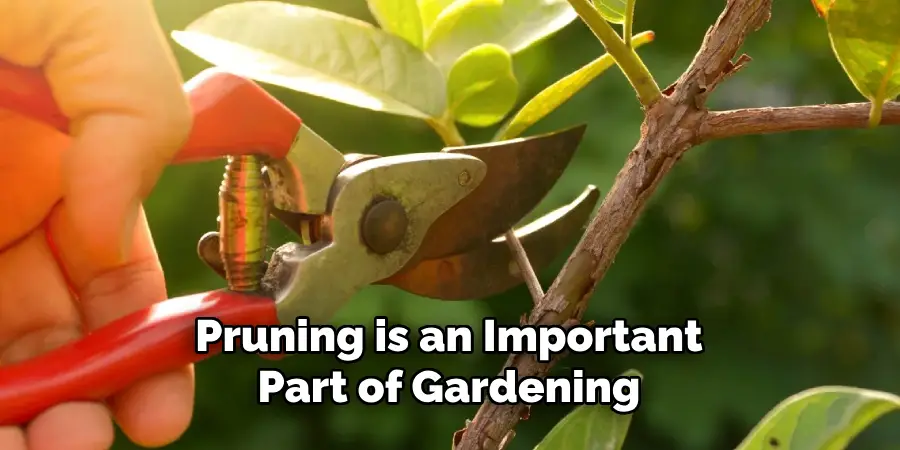
Step 9: Keep an Eye Out for Pests
Pests can be a major problem in indoor gardens, so make sure to keep an eye out for any signs of infestation. Invest in organic pest control methods such as neem oil or diatomaceous earth to keep your plants safe.
Step 10: Enjoy Your Indoor Garden!
Once you have followed all the steps above, marvel at your creation and enjoy it! An indoor garden in the basement can be a great way to relax and an excellent conversation piece for guests. With some patience and TLC, you can create a beautiful and vibrant garden that you can enjoy for years.
Creating an indoor garden in the basement is easy with the right tools and knowledge. With some preparation and careful planning, you can bring life to your basement this winter.
8 Mistakes You Might Make When Creating an Indoor Garden in the Basement
Creating a successful indoor garden in the basement requires knowledge and skill. Here are 8 common mistakes to look out for when setting up your indoor garden:
1. Not Investing in Grow Lights
Grow lights provide essential light for your plants, so invest in good quality lights that will provide the right amount of light for your plants. Without adequate light, your plants won’t be able to grow properly.
2. Overwatering Your Plants
It is important to water your plants regularly, but overwatering will lead to root rot or other problems with the plant’s roots. Ensure not to overdo it when watering, and let the soil dry out slightly between watering sessions.
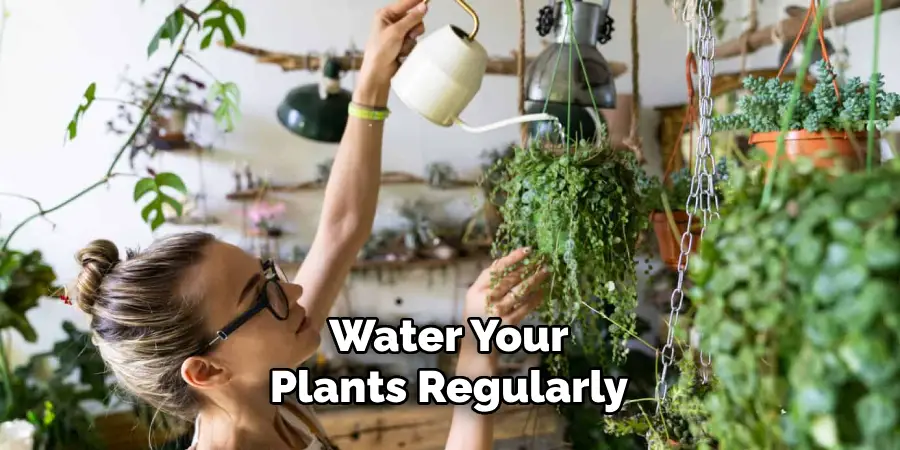
3. Not Monitoring Humidity Levels
Humidity is an important factor for indoor gardening, as it can significantly affect your plants’ health. Invest in a hygrometer to measure the humidity levels in your basement adjust the lighting and use a humidifier as needed.
4. Not Pruning Your Plants
Pruning is an essential part of gardening and should not be skipped, as it helps to keep your plants healthy and promotes new growth. Make sure to prune your plants regularly to remove any broken or damaged branches.
5. Using Too Much Fertilizer
Fertilizing your indoor garden is important, but be careful not to use too much fertilizer. Over-fertilizing your plants can cause them to burn and stunt their growth, so use only the recommended amount of fertilizer for best results.
6. Not Setting Up a Water Reservoir
A water reservoir in your basement is essential for your indoor garden to thrive. A water reservoir will help keep the soil moist and provide a constant supply of water to your plants.
7. Not Controlling Pests
Organic pest control methods such as neem oil or diatomaceous earth can be used to protect your indoor garden from pests, but make sure that you actively look out for signs of infestation and take steps to control it.
8. Not Taking Breaks and Enjoying Your Garden
Gardening is a time-consuming activity, but remember to take breaks from it and enjoy the beauty of your indoor garden! Marvel at your creation and chat with guests about it – this will help you relax and recharge after long gardening sessions.
With these tips, you can create a beautiful and thriving indoor garden in your basement. Grow your favorite plants, flowers, and herbs this winter with the right tools and knowledge.
Frequently Asked Questions
1: What is the Best Soil to Use for Indoor Gardening?
The best soil for indoor gardening combines compost, peat moss, and potting soil. You can also purchase soil formulated for indoor gardening from your local garden center.
2: How Often Should I Water My Plants?
Water your plants regularly, but be careful not to overdo it. Let the soil dry out slightly between watering, and water only when the top 1-2 inches of soil is dry. Carefully monitor your plants and water as needed.
3: How Do I Control Pests in My Indoor Garden?
Organic pest control methods such as neem oil or diatomaceous earth can be used to protect your indoor garden from pests, but make sure that you actively look out for signs of infestation and take steps to control it. Monitor your plants regularly and act quickly if any unwanted pests appear.
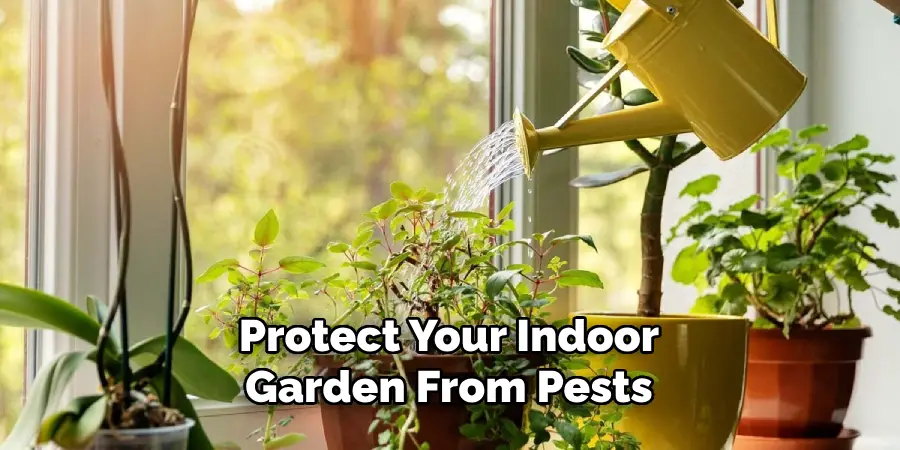
4: How Can I Increase the Humidity in My Basement?
Investing in a humidifier is a great way to increase the humidity levels in your basement and make it more suitable for indoor gardening. You can also use lighting or other techniques, such as misting with water to adjust the humidity levels as needed.
5: What Are Some Tips for Pruning My Plants?
When pruning your plants, make sure to use clean and sharp pruners. Remove any dead or damaged branches regularly to ensure healthy growth and shape of the plant. Always leave enough leaves on the plant for it to stay alive and be able to photosynthesize. Finally, remember to enjoy the process and marvel at the beauty of your plants!
Conclusion
Creating an indoor garden in the basement doesn’t have to be a daunting task. With preparation, knowledge, and patience, you can create a beautiful and thriving garden filled with your favorite plants. With the right preparation and following these tips, you can create a beautiful and thriving indoor garden in your basement. Invest in quality grow lights, monitor humidity levels, prune your plants regularly, and control pests as needed.
Enjoy the process of creating an indoor garden this winter – with some patience and TLC, you will reap the rewards of your efforts and have a beautiful garden to admire for many years to come. Follow the steps on how to create an indoor garden in the basement, and don’t forget to enjoy the process – it’s time to get gardening!

